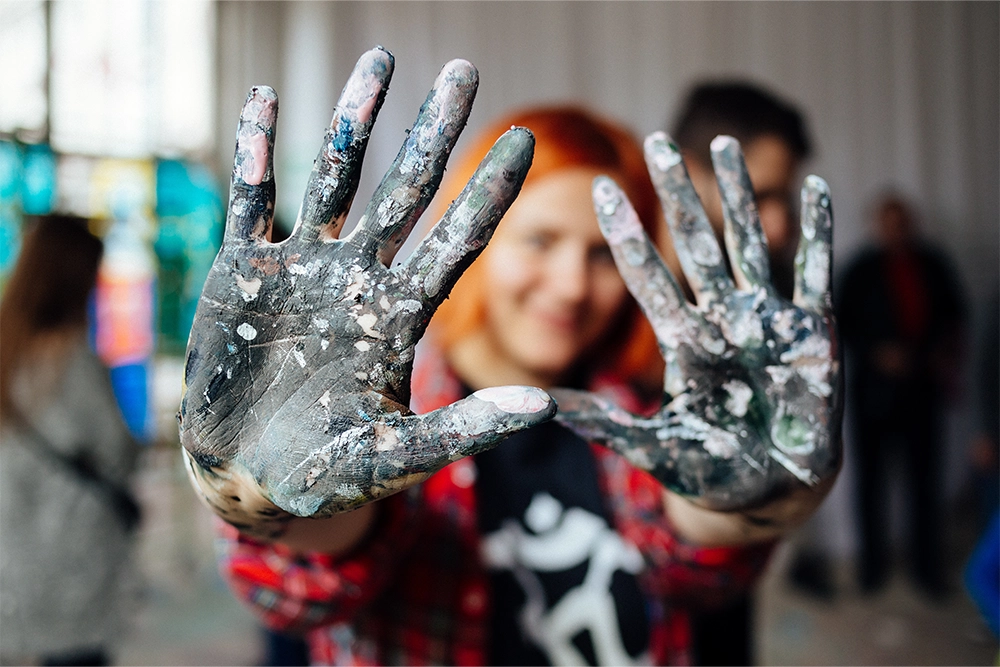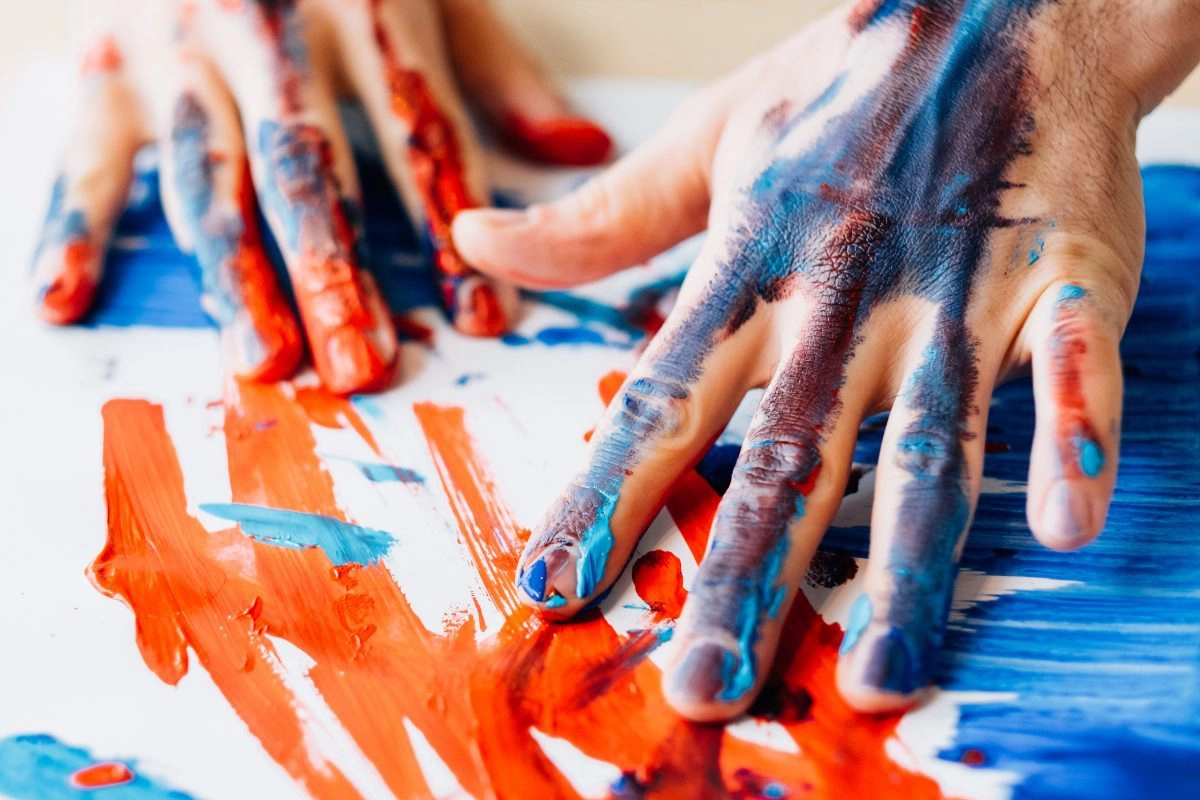Do you know that art therapy is a good way to recover from an addiction? Yes! If you are a recovering addict who is looking for new activities, art therapy may be for you. When you decide to get help for drug or alcohol addiction, you may already know that there are many options to choose from. In a good addiction treatment centre, you can receive a wide variety of therapies.
There are individual therapies, group therapies, sessions for relapse prevention, and skills-focused activities. Art therapy is among the many forms of therapies available in a rehab facility. It is utilized in combination with your other treatments so that you can have multiple venues to discover how to heal and how to express yourself.
Related article: Enjoyable Activities for Recovering Addicts: How to Start a Healthy Lifestyle
Kinds of Art Therapy
Art therapy for recovering addicts allows individuals to use their imagination and creativity so that they can better express themselves. Expression through art is both a healthy as well as a productive way to release emotions. In art therapy, the goal is for you to be able to expand how you communicate. Doing so will allow you to convey your experiences better. Here are some of the different kinds of art therapy that recovering addicts can try:
- Poetry
- Music
- Drawing
- Acting
- Dancing
- Painting
- Sculpting
Art therapy is a kind of group therapy as well wherein individuals get to express themselves. Through art, they can tell something about their feelings and thoughts that may be difficult to say using words.

Art therapy can be very helpful for individuals who have some psychological conditions relating to their addiction. For example, those who were victims of abuse often find it difficult to talk about their experiences. They can use art therapy to express their feelings about it so that it can be released from their system.
Art creation is a non-verbal process. It can expand the way that you convey both your emotions and your ideas. With art therapy, you will be given the chance to explore and understand your issues. In doing so, you may also find ways to resolve them.
We all have certain memories that are a part of us that we find hard to talk about. That is not a problem at all. What you only have to do is to find the best way that you can express yourself. It may not be through drawing or painting. But maybe you like to dance. Dancing is also a very expressive form of art that you can use to release those emotions.
During art therapy, the different art forms allow the recovering addicts to talk about their output. For example, in painting, individuals can say something about what they painted. In the process, they can discover insight and meaning into what they created.
Art Therapy Techniques
There are different techniques that are used in art therapy. These are the Gestalt methods, the active imagination, and the third-hand approach. We will discuss each technique briefly in this section.
- Gestalt methods – for this technique in art therapy, there is a therapist who works with an individual in understanding their current experiences and feelings. Using the artwork of the individual, it can be an introduction for a more detailed and deeper conversation. The artwork may also be a tool for individuals to be able to explain their thoughts. They can describe their artwork from various points of view.
- Active imagination – this art therapy technique uses the artwork of the individual as the starting point. The person can let his or her mind run free and allow free associations to come spontaneously. It can open up deeper introspection into themselves. In doing so, they can better discuss their feelings using their artwork.
- Third-hand approach – with the help of the therapist, the individual can use this art therapy technique. The vision of the individual as an artist gives him or her full control of the art. However, their therapist will be there to guide them in the process of producing the artwork. The goal of this technique is still to gain insight into the thoughts and emotions of the individual who may find it difficult to talk about them.

Benefits of Art Therapy for Recovering Addicts
You may think of art therapy as something that only preschool children do. However, it is really more than trying your hands at being artistic and letting your creativity flow. It is an important process in your recovery from addiction.
With art therapy, you can have a break from the sessions were you always have to talk about your feelings. Through art, you can still express yourself but in a different way. Let’s take a look at some of the benefits of art therapy for recovering addicts.
A Different Way of Communicating
Most of the therapies during drug or alcohol addiction treatments are verbal. For example, you have individual counselling sessions, group sessions, and other talk therapy sessions. However, not all individuals are comfortable at talking about their feelings. Many memories are painful to talk about. It becomes difficult to even start finding words to express oneself.
In such cases where there are recovering addicts who find it challenging to talk, it would be beneficial for them to find a different way of communicating. In art therapy, they can express themselves while promoting the process of healing from their addiction. Rather than struggle to describe what they feel, they can use a visual medium to pour out what’s inside them.
Art therapy is also a way to help individuals uncover as well as address any deep-seated emotions. These feelings may have been suppressed into their subconscious for many years. Expressing oneself through art can help you to overcome your fears of needing to choose the right words to convey what you feel.
Relieves Stress
Art, as well as other creative endeavours, can definitely help you in fighting off stress. During recovery from addiction, it can be a highly stressful time. You’re going to experience symptoms of withdrawal, you will be in an unfamiliar place, your routine will be different, and so on. Finding an activity that you can do to relieve stress is an important thing.
There are numerous studies that state that creative work helps in boosting your body’s production of dopamine. Dopamine is a neurotransmitter in our brains. It is our body’s natural antidepressant.
With your history of substance abuse, your body may have had changes when it comes to the production of dopamine. But with the use of art therapy, you can help in restoring your body’s dopamine production. The result will be you feeling better and having a more positive outlook on life.
Measures Progress in Your Recovery
Another key benefit of art therapy is that it helps your therapist to track your progress as a recovering individual. In many cases, the artworks that patients create come from feelings of anger. But as they go along in their recovery journey, there are changes in the types of imagery that they use in their artwork.
Soon enough, the mood of the artworks become happier. It is the time when patients become more confident of themselves and their progress in treatment. Art therapy greatly helps the therapist in identifying patients who are not yet making the expected progress. The therapist can then make the necessary adjustments to the therapy plans of those individuals.

Takeaway
Art therapy for recovering addicts offers so many benefits. It can be a stress reliever, a tool for self-discovery, a way to release emotions, and an avenue to encourage empowerment among individuals. Such positive effects can definitely help recovering individuals in their treatment from addiction. They can have something else to do that is rewarding and enjoyable.
Related article: Easy Ways on How to Set SMART Goals for Drug Addiction Recovery







